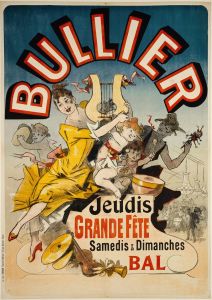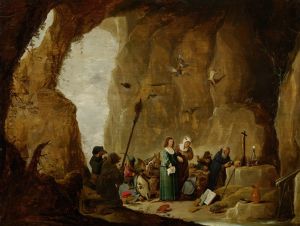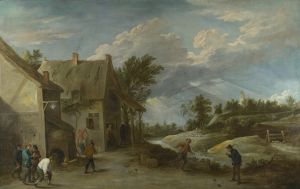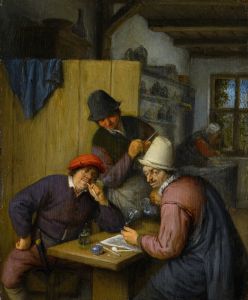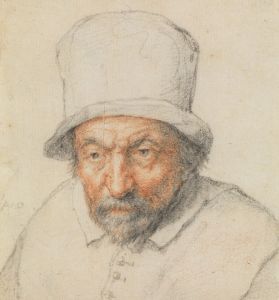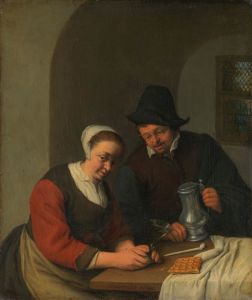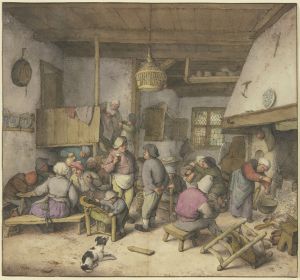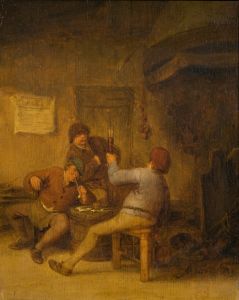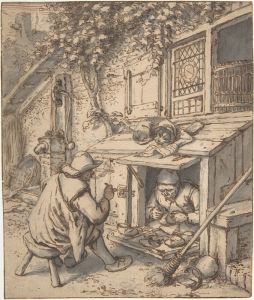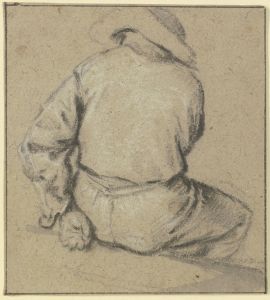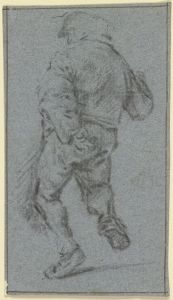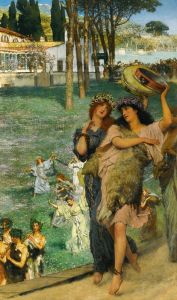
Genre scene in an interior
A hand-painted replica of Adriaen van Ostade’s masterpiece Genre scene in an interior, meticulously crafted by professional artists to capture the true essence of the original. Each piece is created with museum-quality canvas and rare mineral pigments, carefully painted by experienced artists with delicate brushstrokes and rich, layered colors to perfectly recreate the texture of the original artwork. Unlike machine-printed reproductions, this hand-painted version brings the painting to life, infused with the artist’s emotions and skill in every stroke. Whether for personal collection or home decoration, it instantly elevates the artistic atmosphere of any space.
Adriaen van Ostade was a prominent Dutch Golden Age painter, known for his genre scenes that vividly depicted the everyday life of peasants and the lower classes in 17th-century Holland. One of his notable works is "Genre Scene in an Interior," which exemplifies his skill in capturing the nuances of daily life with a keen eye for detail and a touch of humor.
Van Ostade was born in 1610 in Haarlem, where he spent most of his life. He was a contemporary of other famous Dutch artists such as Frans Hals and Rembrandt van Rijn. Van Ostade was initially influenced by the works of Frans Hals, under whom he is believed to have studied. However, his style evolved to incorporate elements of the Flemish painter Adriaen Brouwer, who was known for his lively and often humorous depictions of peasant life.
"Genre Scene in an Interior" is a quintessential example of van Ostade's work, showcasing his ability to create intimate and lively scenes. The painting typically features a domestic setting, often a rustic interior, where figures are engaged in various activities. Van Ostade's interiors are characterized by their warm, earthy tones and meticulous attention to detail, which bring the scenes to life.
In this particular painting, van Ostade captures a moment of everyday life with a group of figures, possibly a family, gathered in a humble interior. The composition is carefully arranged to draw the viewer's eye around the room, highlighting different interactions and activities. Van Ostade's use of light and shadow adds depth to the scene, creating a sense of realism and immediacy.
The figures in van Ostade's paintings are often depicted with expressive faces and gestures, conveying a range of emotions and interactions. This attention to human expression is one of the hallmarks of his work, allowing viewers to connect with the subjects on a personal level. The scenes often include elements of humor or satire, reflecting the artist's observations of human nature and social dynamics.
Van Ostade's paintings are also notable for their detailed depiction of the interiors themselves. The furnishings, utensils, and architectural elements are rendered with precision, providing a glimpse into the material culture of the time. This attention to detail not only enhances the realism of the scene but also serves as a valuable historical record of 17th-century Dutch life.
Throughout his career, van Ostade produced a large number of genre scenes, both in paintings and etchings. His work was highly regarded during his lifetime and continues to be appreciated for its artistic merit and historical significance. Van Ostade's influence extended beyond his own time, as his genre scenes inspired later artists who sought to capture the essence of everyday life.
In summary, "Genre Scene in an Interior" by Adriaen van Ostade is a fine example of Dutch genre painting from the Golden Age. It reflects the artist's mastery in depicting the subtleties of human interaction and the richness of domestic life. Through his detailed and lively compositions, van Ostade offers a window into the world of 17th-century Holland, inviting viewers to explore the beauty and complexity of ordinary moments.





